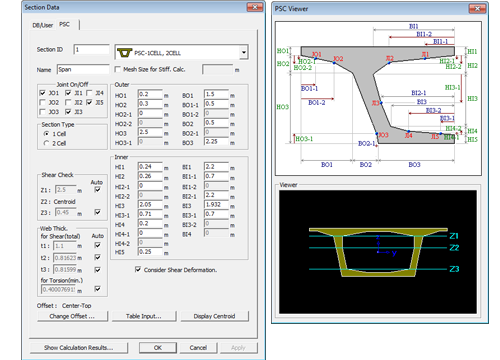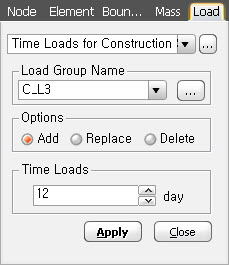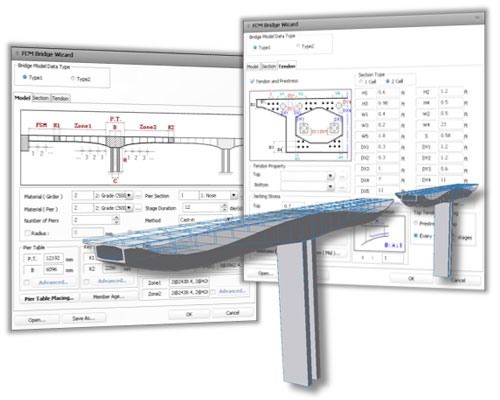

No doubt, PSC girders are economical in the initial stage of construction, but the same may not be true if we consider the life cycle cost including other factors. Main reason behind use of PSC girders is due to its initial economical cost. After the advent of pre-stressed concrete, its use in higher span bridges increased tremendously. In the good olden days, for higher spans, steel girders whether plate girders or triangulated girders were predominantly used. This work includes the cost analysis and design of prestressed concrete girder and steel girder. This project presents the comparative study of prestressed concrete girder and steel plate girder for roadway over bridge. Prestressed Concrete and Steel plate are commonly used for constructing bridges. These factors affect the conceptualization stage of design.

As in case of bridge design, span length and live load are always important factor.

This study was undertaken as an attempt to evaluate the influence of bare differential shrinkage (no other load applied) between the precast girder and the situ-cast deck slab, on the continuity behavior of composite concrete girders made continuous, after an extended period of time.īridge design is an important as well as complex approach of structural engineer. In case of composite girder sections, differential shrinkage generates additional force redistribution in the structure even if no external load is applied. If a statically indeterminate concrete structure is made from several precast elements which are made continuous with one another after being subjected to permanent loads as separate elements, then the distribution of moments and forces within the structure will progressively change during the subsequent life of the structure, tending to approach the values and the distribution that would be obtained loading the structure with the same permanent loads in its final static configuration. Dye to the effects of creep and shrinkage of concrete, stress redistribution occurs between the various materials involved in the section.


 0 kommentar(er)
0 kommentar(er)
